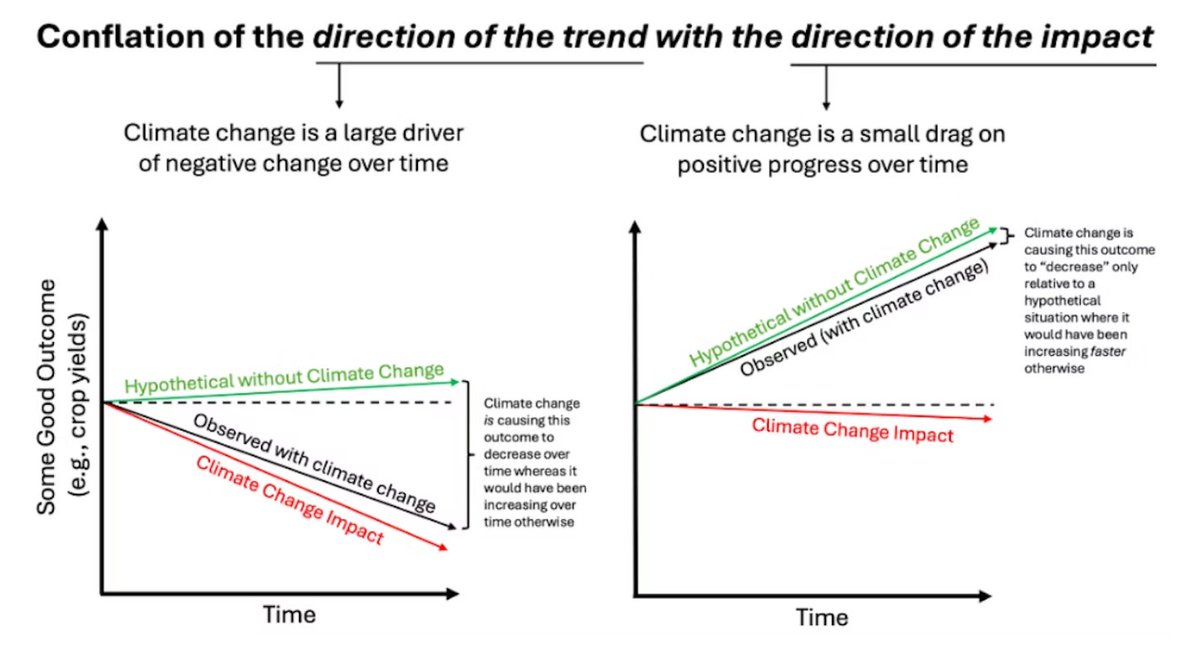
Patrick T. Brown
@patricktbrown31
Head of Climate Analytics @IBKR; Adjunct faculty (lecturer) in Energy Policy & Climate @JohnsHopkins; Sr. Fellow @TheBTI
ID: 3422156357
https://thebreakthrough.org/people/patrick-brown 14-08-2015 13:22:34
3,3K Tweet
14,14K Followers
3,3K Following

Neither academic, governmental, nor private sector actors like insurers are well incentivized to provide reliable climate forecasts. Patrick T. Brown on why prediction markets are a better option: interactivebrokers.com/campus/traders…

Could climate prediction markets where participants put skin in the game to forecast future climate outcomes deepen our understanding of climate risk? Patrick T. Brown's effort may shed new insight into how society perceives such hazards. Worth tracking. interactivebrokers.com/campus/traders…

Climate scientist Patrick T. Brown is changing the conversation on climate change. 🌍 Hear Patrick T. Brown at #SVAF25 as he brings a solutions-driven approach — not doomsday headlines. Ph.D. from Duke, co-director at Breakthrough, lecturer at Johns Hopkins University.










Nice overview by Rob Mayeda NBC Bay Area of our research regarding the potential for fuel reduction methods, such as prescribed burning and mechanical thinning, to reduce wildfire intensity in a warming California: nbcbayarea.com/news/local/cli… Underlying paper:






